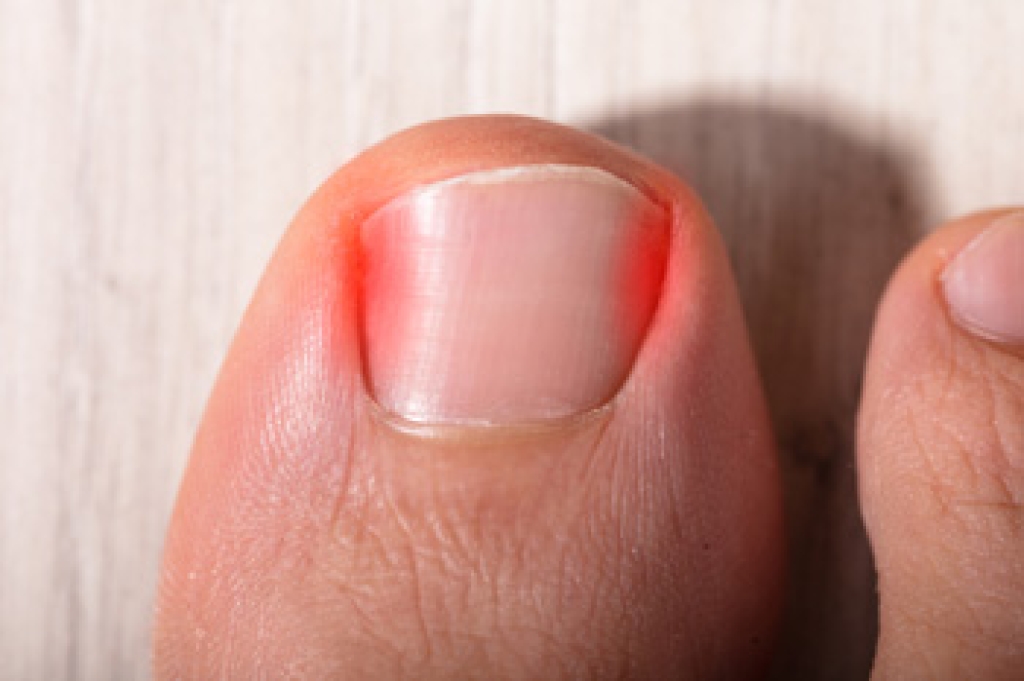
Embarking on a journey toward strong and resilient feet involves incorporating specific exercises into your routine, addressing various aspects of foot health. Toe taps, a fundamental exercise, enhance flexibility and stimulate blood circulation. Rolling a tennis ball beneath the arches provides a soothing massage, relieving tension and promoting balance. Calf raises strengthen the muscles in the lower legs, fostering stability and support. Towel scrunches engage the toes, improving dexterity and activating the intricate muscles in the feet. Ankle circles offer a full range of motion, enhancing joint flexibility. Pointing and flexing the feet, akin to ballet exercises, stretches and strengthens the muscles in the entire foot. These targeted exercises contribute to improved posture, balance, and overall foot function. If you are seeking additional information about specific foot stretches, it is suggested that you consult a podiatrist.
Exercising your feet regularly with the proper foot wear is a great way to prevent injuries and build strength. If you have any concerns about your feet, contact one of our podiatrists from ABC Podiatry. Our doctors can provide the care you need to keep you pain-free and on your feet.
Exercise for Your Feet
Exercise for your feet can help you gain strength, mobility and flexibility in your feet. They say that strengthening your feet can be just as rewarding as strengthening another part of the body. Your feet are very important, and we often forget about them in our daily tasks. But it is because of our feet that are we able to get going and do what we need to. For those of us fortunate enough to not have any foot problems, it is an important gesture to take care of them to ensure good health in the long run.
Some foot health exercises can include ankle pumps, tip-toeing, toe rises, lifting off the floor doing reps and sets, and flexing the toes. It is best to speak with Our doctors to determine an appropriate regimen for your needs. Everyone’s needs and bodies are different, and the activities required to maintain strength in the feet vary from individual to individual.
Once you get into a routine of doing regular exercise, you may notice a difference in your feet and how strong they may become.
If you have any questions please feel free to contact our office located in Columbus, OH . We offer the newest diagnostic and treatment technologies for all your foot and ankle needs.








